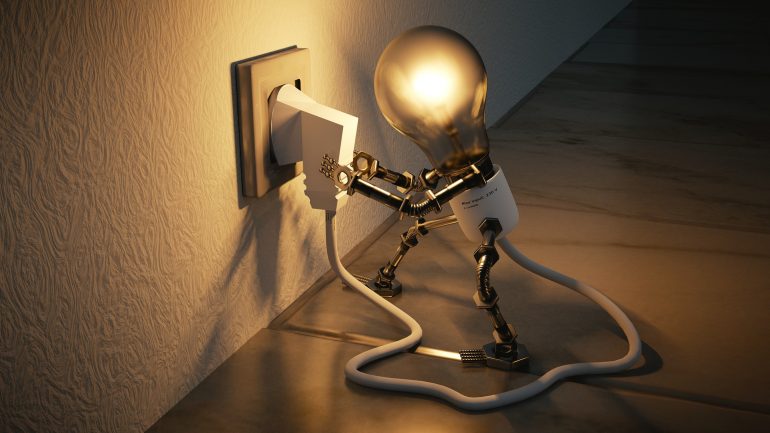In Chapter 7 of Onward, Elena Aguilar discusses the disposition of empowerment: When we feel empowered, we believe we can influence our surroundings and the outcome of events, which contributes to a sense of competence and confidence. We empower ourselves when we take risks, make mistakes (or even fail), and discover our own ability to get up and move on. Elena then goes on to provide seven ways to cultivate your own sense of power. Today we are going to focus on the first two:
- Identify an aspect of your professional (or personal) life that you want to improve. Perhaps you want a more organized classroom, or you want to revise a unit you you’ve taught several times to make it more engaging.
- Sketch out an action plan and carry it forth. Be sure that whatever you do, there’s some risk. Find the edge of your comfort zone and step slightly beyond it. if you don’t feel a little nervous, you’re not taking a big enough risk.
Usually identifying an area to improve comes easily to us, but what happens next? As you sketch out your action plan, consider How Long Does It Take To Form a Habit and Break a Bad One? Consider what you need to have in place in order to be successful. As the article states: Every time we repeat an action, the neural pathway in the brain related to that action becomes reinforced. Think of it as a path in a field. Every time you walk along the trail, it becomes more defined. Over time, you’ll know where to go automatically, and you can walk the correct route without thinking about it.
The same kind of thing happens in the brain. The brain is always trying to be more efficient. The more often we repeat an action, the easier it becomes for the brain to perform it automatically. Repeating allows the brain to do other things while it goes on autopilot. As you create your action plan, use this knowledge to help set yourself up for success.
And as you navigate through trying to cultivate your own sense of power, think about the words that Elena shares to end this section: Resilience is internal. Sometimes it might feel as though the waters of your inner well are low, and then the task is to feed those waters and fill that pool. But the source of your resilience is always inside you.

